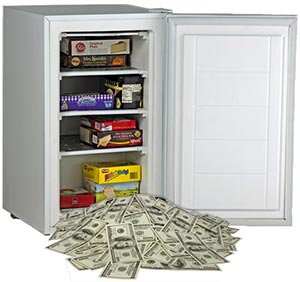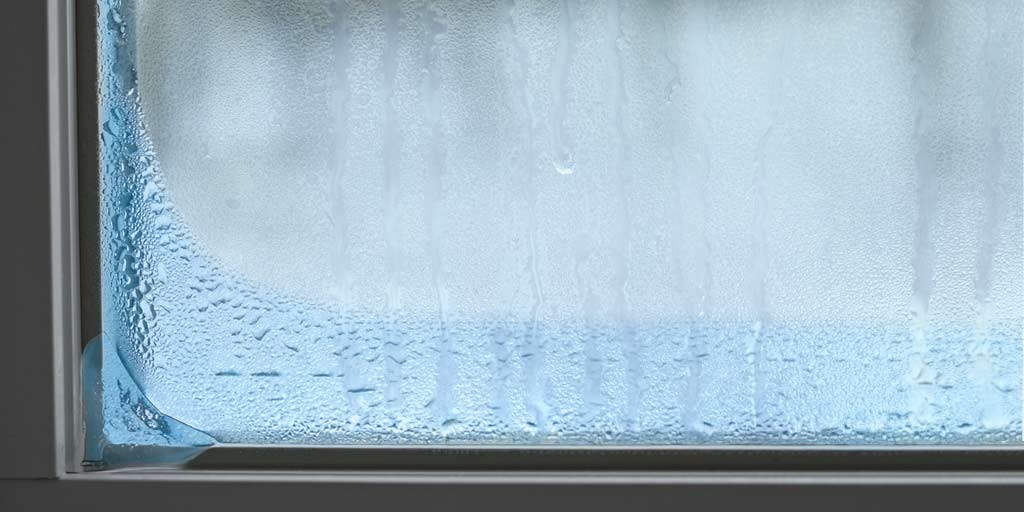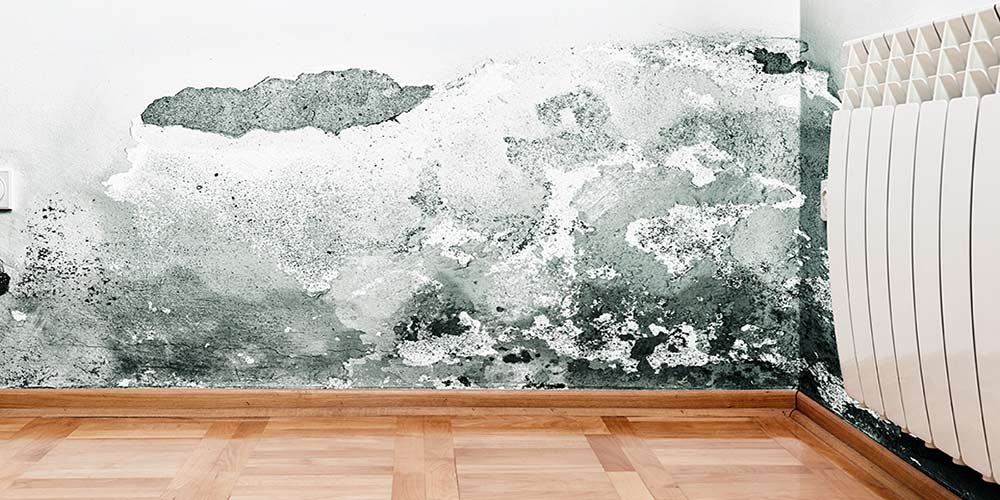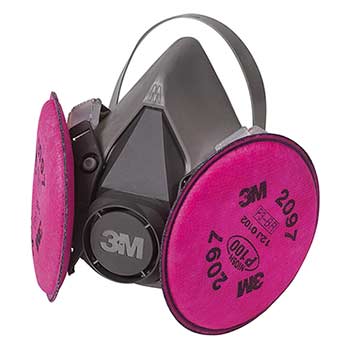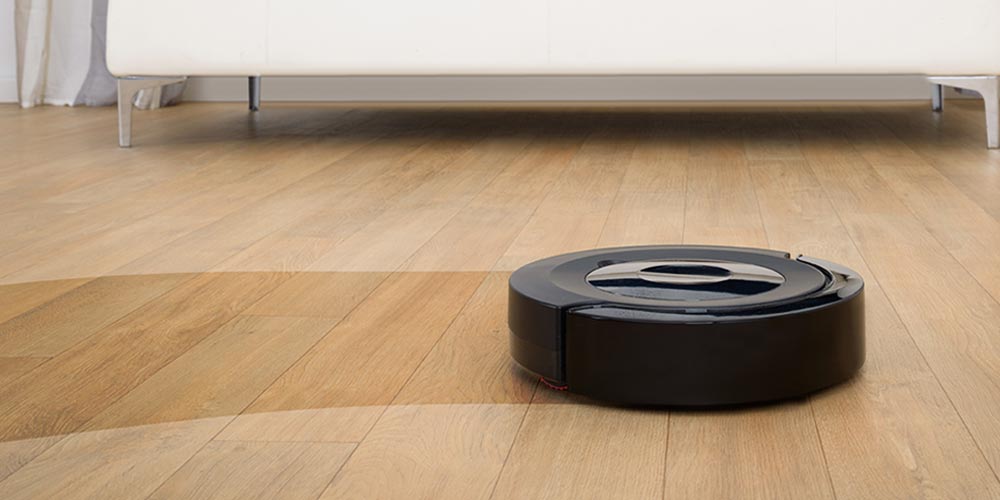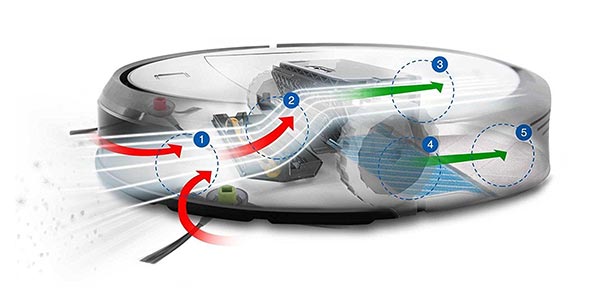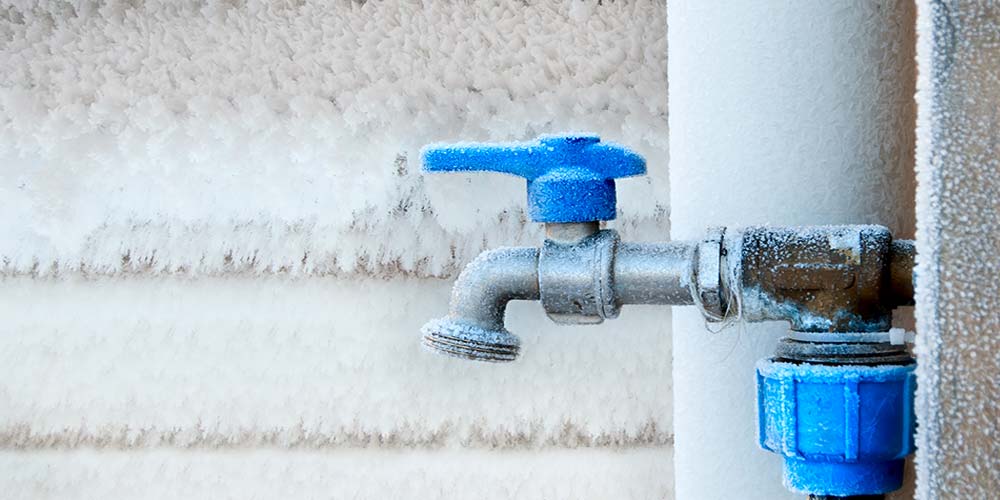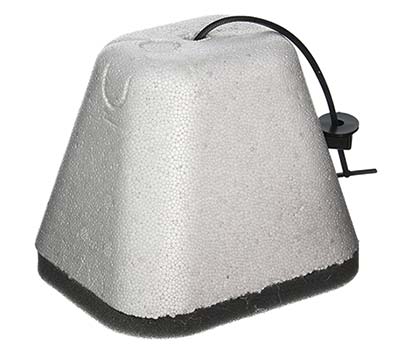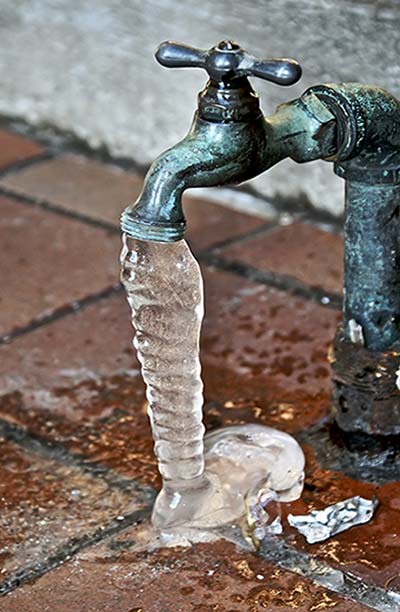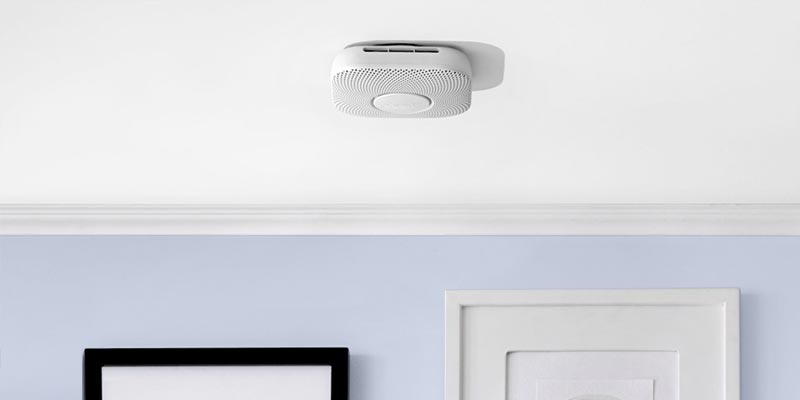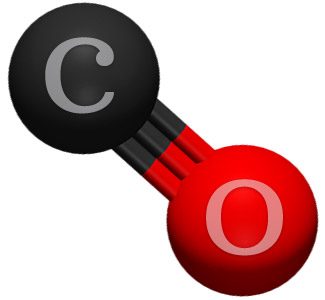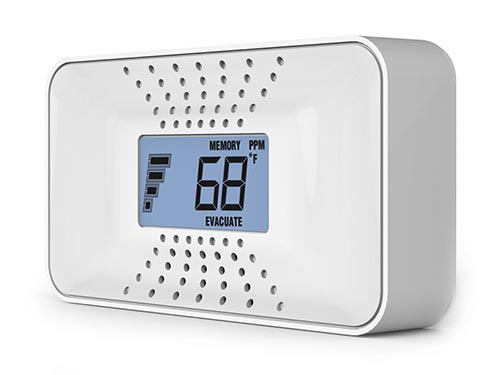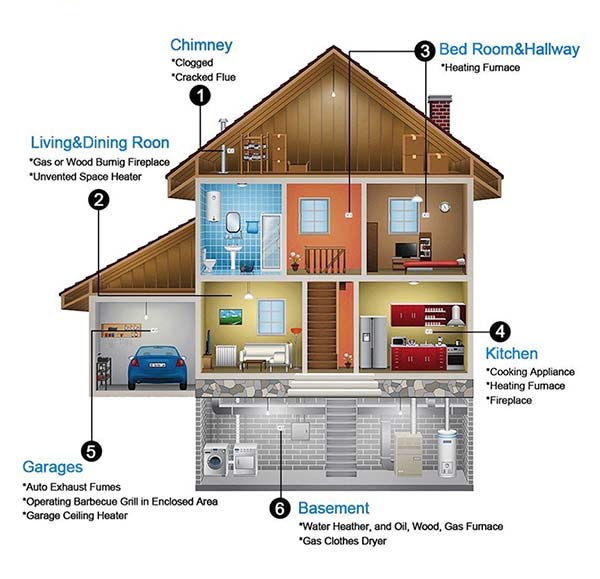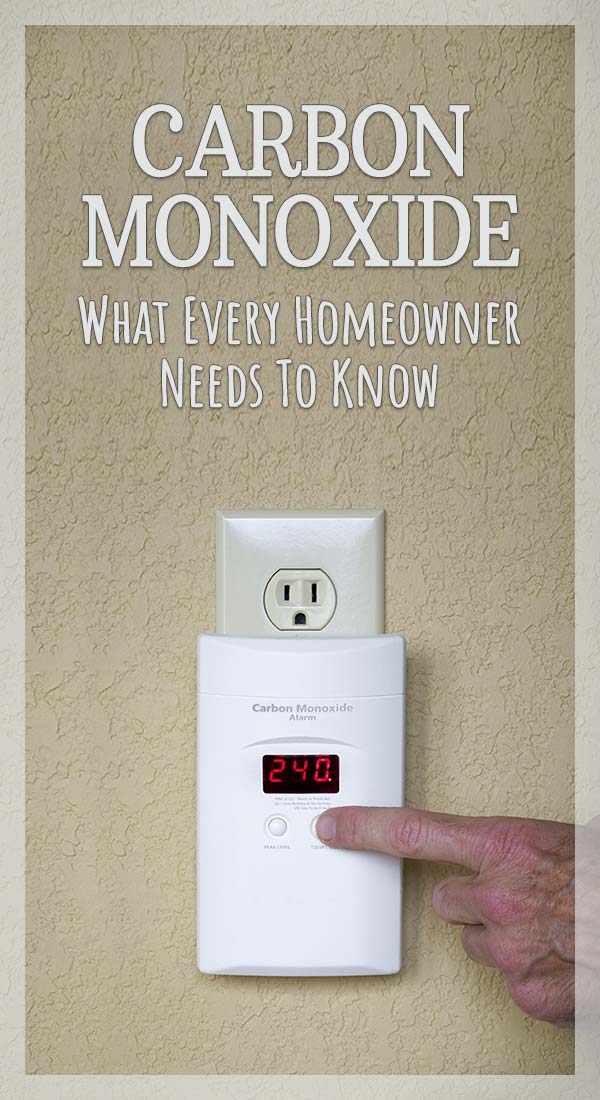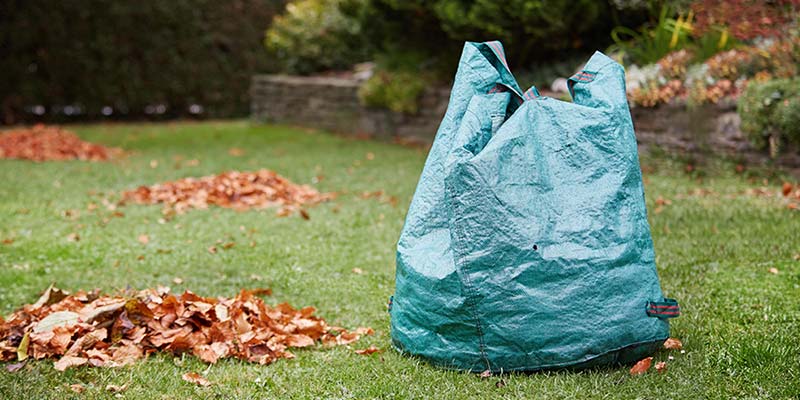What is a Steam Cleaner?
What Are the Benefits of Using Steam to Clean?
The Pros & Cons of Steam Mops
The Pros & Cons of Steam Vacuums
Which One is Best for You?
A decade ago, having a steam cleaning vacuum or a mop that was fancier than a stick with dreadlocks was pretty much a dream for your average homeowner. Over the last few years, however, an influx of technological advances and new features have created a wide variety of steam cleaning devices that have completely revolutionized the way we clean our homes.
We now not only have budget-friendly steam cleaners available to the average consumer, but we have choices between different types. For the purpose of this article, I’d like to focus on the differences between steam mops and steam vacuums. Weighing the pro’s and con’s of these two popular types of steam cleaners will give you the opportunity to make the best purchase for you and your family.
So, before you rush out and buy the first unit you come across, let’s take a closer look at the benefits, disadvantages and the differences between steam mops and steam vacuums. But first, let’s take a step back and review what exactly a steam cleaner is, and why every homeowner should own one.
What is a Steam Cleaner?
As the name suggests, a steam cleaner uses steam to clean your floors and carpets, mainly, but can also be used to clean your clothes, curtains, and a whole host of other areas and objects in your home.
On a personal note, as a father of an infant, my handheld steam cleaner is the easiest way to sanitize the toys my teething son loves to chew on. So, you may very well be surprised at what all you could clean with a steam cleaner.
What are the benefits of using steam to clean?
Let’s go over five of the most obvious benefits of using a steam cleaner to clean and sanitize your home.
-
Hygienic Cleaning:
Steam and the heat it produces can kill around 99% of the germs, bacteria and parasites that may be lurking around your home. That means that whatever surface you steam clean is completely disinfected and sanitized. More so than could ever be achieved by a vacuum or swiffer alone.
-
Kills Almost Everything:
Not only does steam kill germs and bacteria, but it can also kill pests and insects. This would include the microscopic pests you probably don’t even realize are there, such as dust mites. The steam is hot enough to kills ants, ticks, fleas and other common household pests. If you’re using a steam vacuum, it kills the pests with the steam, and then sucks up their remains.
-
Chemical-Free Cleaning:
The steam cleaners only use steam to clean and sanitize your homes. While some models may allow you to add chemical cleaners, they are not necessary to kill off the germs and bacteria that may be contributing to your dirty home. Maybe it’s just me, but the less chemicals used in my home, especially on the floors where my kids play, is nothing but a good thing. Not only does this help you clean your home, it helps establish a safer environment for your children and pets.
-
Works Quickly / Saves You Time:
Not only does the steam soften up the hard-to-clean stains, it also allows you to clean those trouble areas quicker and more efficiently. If you were to use a swiffer or traditional mop, you’d have to wait for it to dry, and possibly, re-clean areas that you may have used chemicals on.
-
Air Purification:
While this seems like a stretch, because of the filters that they use, some steam cleaners actually help clean the air as you clean the floors. While this is a benefit, it should be noted that an air purifier is still the most effective method at cleansing the air in your home. But, a steam cleaner can help supplement the air purification process, as can certain houseplants.
Bottom-Line:
The bottom-line here, is that a steam cleaner is a great way to safely and efficiently clean your home, especially the floors. But, you still have to figure out which type of steam cleaner is best for your situation. So, let’s now take a look at the differences between two of the most popular versions — steam vacuums and steam mops.
Steam Mop: The Pros & Cons
A steam mop is a common household appliance that helps you clean your carpets and floors without the use of harsh chemicals. Unlike a traditional mop that requires soap and detergents to clean the floors, steam mops utilize the heat of steam to sanitize, clean and disinfect the floors. Because the device uses steam, it is able to kill approximately 99% of the germs, bacteria and dust mites that may be on your floors, as well as clean up the dirt and grime that may be noticeable.
Let’s take a closer look at the pros and cons of steam mops to give you a better idea of what you can expect to get out of it.
The Pros:
-
No Bucket Required:
Cleaning with a steam mop eliminates the need to have a container filled with water. The old-fashioned method of mopping would require a bucket of soapy water and a dirty mop that you would need to wring frequently. This is not the case with a steam mop. Simply fill up the canister with water and you cleaning your floors has never been easier.
-
Save Time & Energy:
Piggybacking on the previous pro listed above, working with a steam mop will save you time, energy and, ultimately, help cut down on the fatigue you may experience while doing these necessary chores. Not only is a steam mop easier to use, it’s more sanitary and efficient than a conventional mop.
-
Environmentally Friendly & Healthier Home:
Because a steam mop uses intense heat in the form of steam, you don’t need to use any chemicals to achieve a hygienic cleansing on your floors. Whereas, with a traditional mop or swiffer, you will need to mix detergents, bleach and other potentially dangerous chemicals to achieve the same level of cleanliness. And then follow-up with clean water, if you don’t want those chemicals lingering around.
-
Lightweight:
A steam mop is a compact, small and lightweight appliance. While the sizes and shapes will vary from model to model, they are typically smaller than steam vacuums and/or a traditional (non-steam) vacuum cleaner.
-
Easier to Store:
Because of its smaller size, a steam mop is very easy to store when not in use. It’s compact, lightweight dimensions allow you to store it in many areas of your home. Even those with little storage space available. The same cannot always be said about vacuum cleaners, whether they use steam or not.
The Cons:
-
Not Multi-Surface Friendly:
Steam mops are typically designed to clean hardwood and tiled floors only. There is a myth out there that you cannot clean carpets with a steam mop, but that’s merely a myth. You may need to purchase an extra attachment or accessory, but there are many steam mops out there that can clean both carpets and hard floors. However, you cannot clean as many areas in your home as you can with a steam vacuum cleaner, including furniture, curtains and other upholstered items. At least, it’s not an easy task to accomplish.
-
Extra Prep Time:
In order for you to get the most effective clean with your steam mop, it is strongly recommended that you sweep the floors before you start to mop. Unfortunately, this will increase the amount of work you have to do to achieve clean and sanitized floors.
-
Doesn’t Get As Hot:
A steam mop gets the water/steam hot, however, the water does not heat-up as hot as other types of steam cleaners. Again, this will vary from model to model, but if you can’t achieve that necessary heat, you will have a slightly harder time achieving the same level of cleanliness that you could get with other types of steam cleaners.
Bottom-Line on Steam Mops:
The steam mop is a fantastic choice for anybody that is addicted to “swiffering” their floors. While they are designed for hardwood, tiled and laminate floors, there are plenty of models out there that can help you clean your carpet as well. Not only does its smaller size make it easier to store, it’s also easier to maneuver than its steam vacuum counterpart. And, on average, steam mops come with a lower price tag. It’s certainly better than a traditional mop, but depending on what all you want to clean, it may or may not be the best steam cleaner for your situation.
Steam Vacuums: The Pros & Cons
A steam vacuum, sometimes referred too as a steam vac, is basically a vacuum cleaner that has an extra feature that utilizes steam to help it clean and sanitize your floors more effectively than just vacuuming alone. Depending on the model that you get, it’s possible that you can clean more than just your floors, instead using it to clean your furniture, drapes and other upholstered furnishings in your home.
Let’s take a look at the pros and cons of steam vacuum cleaners.
The Pros:
-
Multi-Surface:
Steam vacuums can be used on a multitude of surfaces, including carpet, wood floors, tiles, furniture, curtains and other upholstered furnishings in your home.
-
Multi-Dimensions:
Just as it can be used to clean all sorts of surfaces, steam vacuums can also be used to clean both horizontally and vertically, which makes it useful when cleaning walls, windows and cars.
-
No Prep:
Unlike other types of steam cleaners, it is not necessary for you to sweep the floors before you use it. The vacuum will suck up the dirt and debris, allowing the steam to clean and sanitize the floor. This not only saves you time, but also provides a deeper clean.
-
Environmentally Friendly:
You don’t need to use any chemicals or other potentially dangerous substances on your floor. The steam will kill off 99% of germs, bacteria, insects and microscopic parasites that may be living on your floors.
-
Self-Contained:
You don’t have to hook this appliance to your kitchen sink in order for it to drain. It has its own water tank contained on the device. The size of the tank will vary from unit to unit, and is something that should be taken into consideration when shopping.
The Cons:
-
Bulky:
Even though steam vacuums get smaller and sleeker as the years go on, they still tend to be a bit bulky. Depending on the model you get, and the surface you are trying to clean, this bulkiness may make it a little more difficult to maneuver.
-
Expensive:
When compared to a regular vacuum cleaner or a steam mop, a steam vacuum will likely be more expensive. This “con” is a bit anecdotal, as the prices will range based on the brand, model and features of the unit. But typically, they tend to have a higher price tag.
-
Noisy:
Just like your average vacuum cleaner, a steam vacuum can be a bit noisy. At this point, the louder noise is expected with this type of cleaning appliance.
-
Hard to Store:
Because of its large and bulky size, a steam vacuum may be hard to store. Again, this “con” is dependent on the size of the model you own and the amount of space available in your home. It may not be an issue for you, but is something that should be taken into consideration.
Bottom-line:
A steam vacuum is great for people with a variety of flooring, including a large amount of carpeted area, in their homes. It can thoroughly clean any flooring type, and do so without any previous prep work from you. It’s also a great device to help you clean other areas in your home, such as furniture and curtains.
Unfortunately, the bulky size may make it difficult for some to use and store. All in all, steam vacuums are extremely handy to have around, but may not be the best fit for everyone.
Steam Mop or Vacuum: What’s Right for You?
As you consider which steam cleaner is best for you and your situation, you have to think about what you plan on using it for. Do you have a lot of carpets to clean? Maybe that means a steam vacuum would be better for your household. Do you only have one room with carpets and the rest are laminates? Perhaps the mop would be better suited for such a household.
The fact of the matter is that both the steam vacuum and the steam mop come with their own set of pros, cons and uses. You have to consider your budget, what you need to clean, how often you would use it and how much time you would be able to focus on cleaning. These factors will all affect which type of steam cleaner is right for you. In the end, it is up to you, so you have to get what you think you will be happiest with.
Keep in mind, steam cleaning is a great way to really kill germs, pests and bacteria on your floors, not to mention help remove stuck on stains and other residue. If you’re consider getting a steam cleaner, make sure you weigh the pros and cons of the vacuum or the mop, and get whichever is right for you. Don’t rent another steam cleaner.
